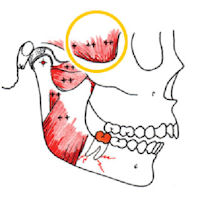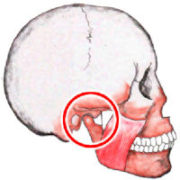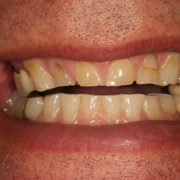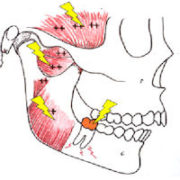
How a Bad Bite Relates to Different Dental Problems
Malocclusion (bad bite) is a problem in the way the upper and lower teeth fit together in biting or chewing. The condition may also be referred to as an irregular bite, crossbite, or overbite. It is ironic that one of the most common dental disorders is also the most neglected. The way the teeth fit together when the jaw closes and chews is of profound importance to the long-term health of your teeth.
If surfaces of the teeth interfere with how the jaw moves, the teeth can be worked loose or the enamel can be worn away. The muscles that move the jaw are very powerful and can do major damage to the teeth when the biting surfaces don’t fit together properly.
Warning Signs
The problem can be compounded because if teeth interfere with muscle patterns, the jaw muscles will attempt to “erase” the part of the tooth that interferes by grinding against it all the more. This can lead to even more severe wear or it may crack off a cusp or split the tooth. Or it may loosen the tooth or cause it to move out of alignment. The excessive muscle activity often results in pain in the muscle itself. All of the jaw muscles can become sore including the temporal muscles that are the source of many so called tension headaches.
 If the back teeth interfere with normal jaw movements, the muscles that move the jaw forward and back become hyperactive (++) and tense. The temporal muscles (circled) at the side of your head can become painful from the constant hyperactivity. A bad bite is a common trigger for many tension headaches arising from these muscles. Correction of the bite disharmony usually eliminates or greatly reduces the intensity of such headaches. If firmly clenching your teeth together intensifies the headache pain, it is almost a certainty that an uneven bite is at least contributing to the problem.
If the back teeth interfere with normal jaw movements, the muscles that move the jaw forward and back become hyperactive (++) and tense. The temporal muscles (circled) at the side of your head can become painful from the constant hyperactivity. A bad bite is a common trigger for many tension headaches arising from these muscles. Correction of the bite disharmony usually eliminates or greatly reduces the intensity of such headaches. If firmly clenching your teeth together intensifies the headache pain, it is almost a certainty that an uneven bite is at least contributing to the problem.
Some excessive muscle activity may be caused by emotional stress. But with some special exceptions, damage done by stress induced grinding and clenching can be minimized to a manageable level by equalizing the biting surfaces that are in conflict with jaw movements.
The Power of Jaw Muscles
The power of the jaw muscles may surprise you. Some people can exert over 900 pounds of compressive force with their jaw muscles so you can imagine how much damage such force can do when you close into a single tooth and then work it from side to side. The effect is very much like working a fence post loose as the bone around the root breaks down. If you can put your finger on any tooth in your mouth, and then squeezing your teeth together causes the tooth to move, you can be sure that it is just a matter of time before there will be a problem with that tooth.
Abfractions
Sometimes the muscle forces that work the tooth sideways stimulates bone around the root to build up and become stronger. When that happens, the tooth actually bends in its socket and this creates a microscopic chipping away close to the gum line to form a deep groove in the tooth. This is called an abfraction. These deep grooves at the gum line are often mistaken for toothbrush abrasion but scientists have shown us that they are actually the results of bending which creates the cracks. These grooves can lead to much sensitivity in those teeth because the opening into the tooth exposes nerves which can be exquisitely sensitive. Correction of the bite to remove excessive lateral forces on the teeth in most instances either eliminates the sensitivity completely or reduces it to a much more acceptable level.
Occlusion Confusion
Patients should be aware that much confusion surrounds the subject of occlusion, including many misconceptions that have been fostered by flawed research that has failed to properly relate the occlusal interferences to the position and condition of the temporomandibular joints. Knowledgeable clinicians, however, are very much aware of this relationship and can achieve excellent results in making both your teeth and your jaw muscles more comfortable by bringing your whole masticatory system into harmony.





